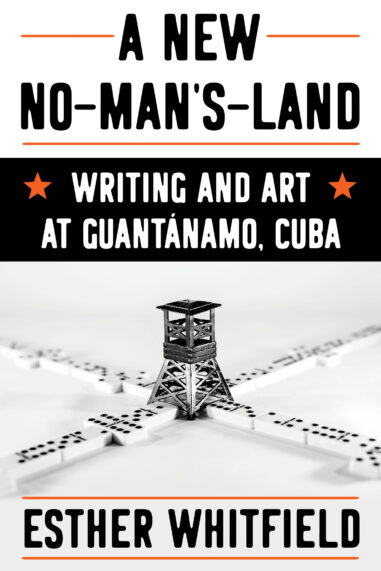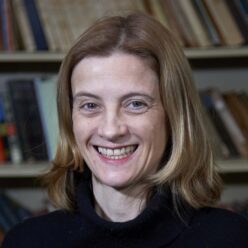Guantánamo sits at the center of two of the most vexing issues of US policy of the past century: relations with Cuba and the Global War on Terror. It is a contested, extralegal space. In A New No-Man’s-Land, Esther Whitfield explores a multilingual archive of materials produced both at the US naval base and in neighboring Cuban communities and proposes an understanding of Guantánamo as a coherent borderland region, where experiences of isolation are opportunities to find common ground. She analyzes poetry, art, memoirs, and documentary films produced on both sides of the border. Authors and artists include prisoners, guards, linguists, chaplains, lawyers, and journalists, as well as Cuban artists and dissidents. Their work reveals surprising similarities: limited access to power and self-representation, mobility restricted by geography if not captivity, and immersion in political languages that have ascribed them rigid roles. Read together, the work of these disparate communities traces networks that extend among individuals in the Guantánamo region, inward to Cuba, and outward to the Caribbean, the Americas, Europe, and the Middle East.


